Coordinated Lunar Time (LTC) will establish an official time that will help manage future lunar missions.
The memorandum, made public by the Biden administration on Tuesday, envisions collaboration between NASA and the Departments of Commerce, Defense, Transportation, and State to plan the implementation strategy of LTC in practice by December 31, 2026.
As reported by Engadget, international cooperation will play a crucial role, considering the signing of the "Artemis Accords" - joint principles for space exploration currently signed by 37 countries, including Ukraine (China and Russia are not part of the group).
"As NASA, private companies, and space agencies around the world launch missions to the Moon, Mars, and beyond, it is important that we establish lunar time standards for safety and accuracy," wrote White House Office of Science and Technology Policy (OSTP) Deputy Director for National Security Steve Welby.
According to Einstein's theory of relativity, time changes relative to speed and gravity. Considering the weaker gravity of the Moon (and differences in motion between it and Earth), time flows slightly faster there - thus, earthly clocks on the lunar surface seem to gain an average of 58.7 microseconds per Earth day. As the US and other countries plan missions for exploring and (ultimately) building bases for permanent habitation on the Moon, using a common standard will help synchronize their technologies and missions.
Space News notes that the policy sets four key characteristics for LTC: tracking back to UTC, accuracy for navigation and science, resilience to loss of contact with Earth, and scalability to environments beyond near-Earth space.
The document contains few technical instructions on establishing the lunar time standard, but it suggests that it can be done similarly to the standards of earth time, which use a network of atomic clocks.
"Just as terrestrial time is established using an ensemble of atomic clocks on Earth, an ensemble of clocks on the Moon can establish lunar time," the policy states.
In May 2023, the National Geospatial-Intelligence Agency (NGA) also announced that it is collaborating with NASA on the development of a positioning and navigation system for the Moon, which is intended to operate "as accurately and safely as GPS on Earth."






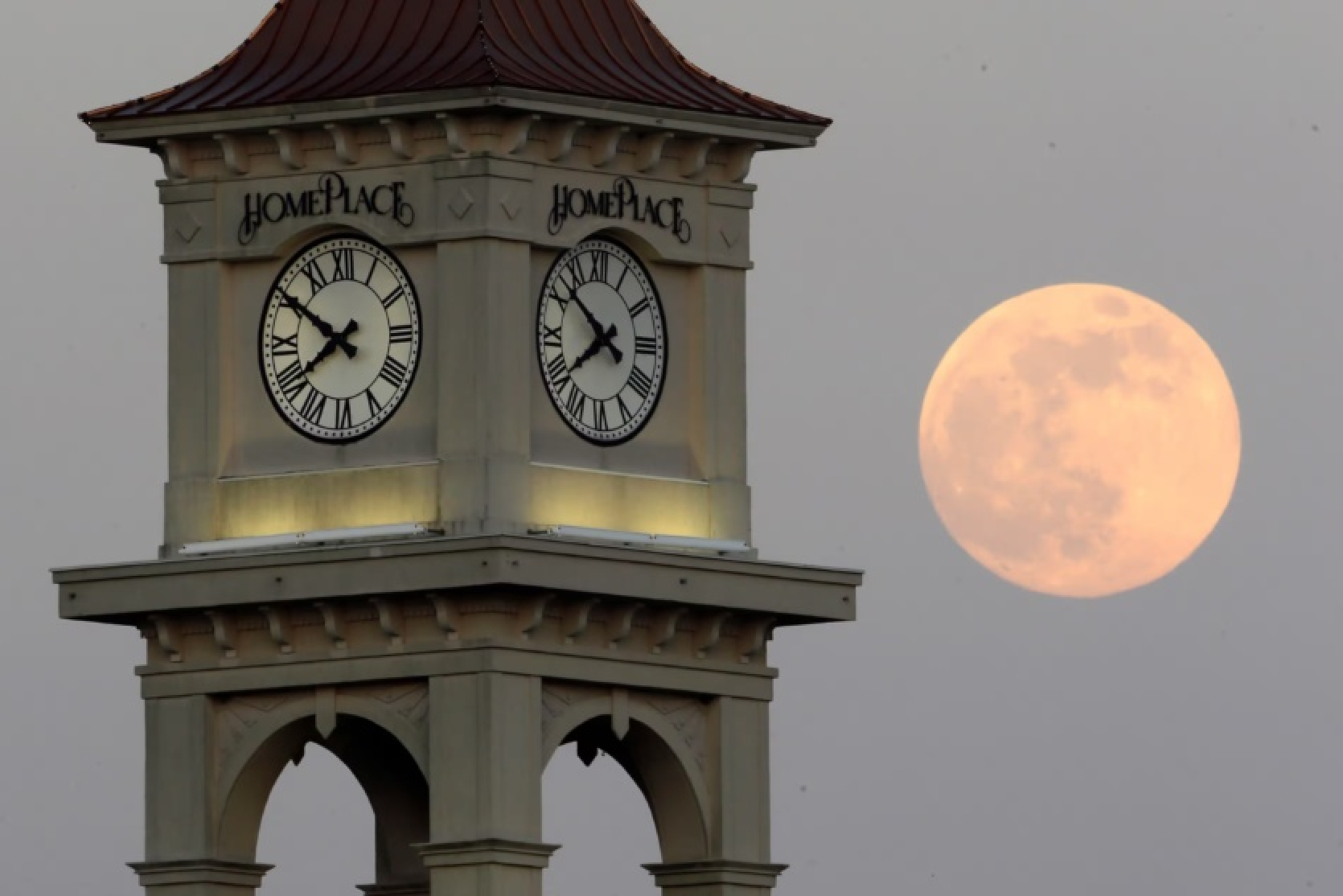


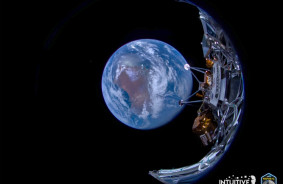
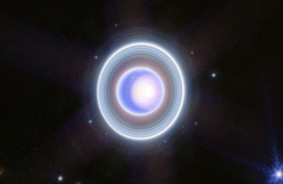
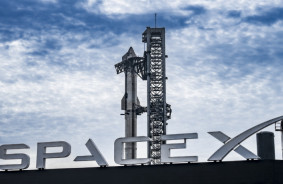
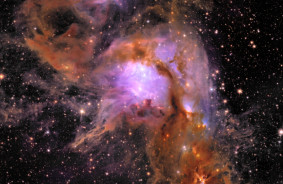

Comments (0)
There are no comments for now